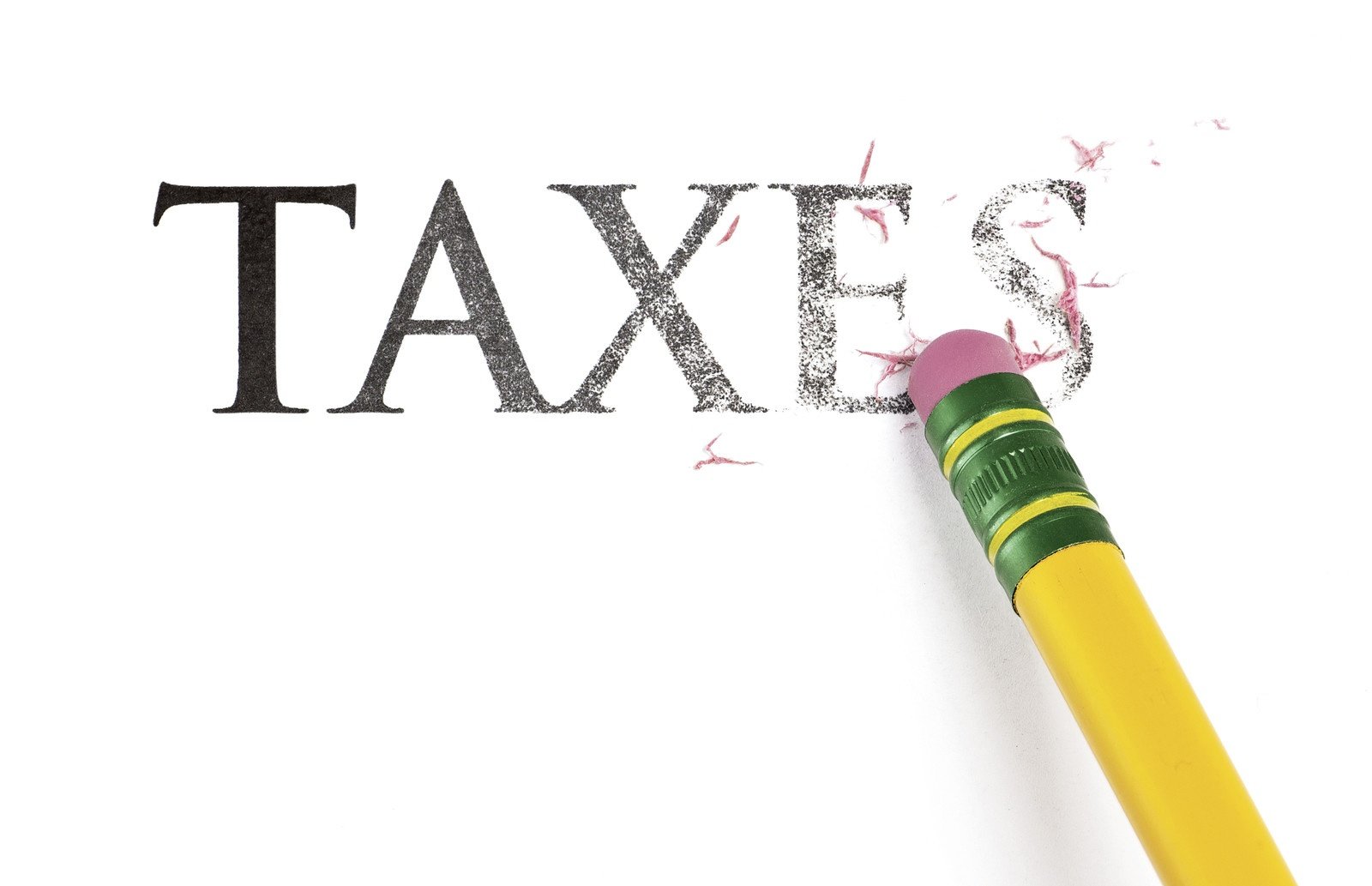Some taxpayers receive emails that appear to be from the Taxpayer Advocacy Panel (TAP) about a tax refund. These emails are a phishing scam, trying to trick victims into providing personal and financial information.
Do not respond or click any link. If you receive this scam, forward it to phishing@irs.gov and note that it seems to be a scam phishing for your information.
TAP is a volunteer board that advises the IRS on systemic issues affecting taxpayers. It never requests, and does not have access to, any taxpayer’s personal and financial information.













